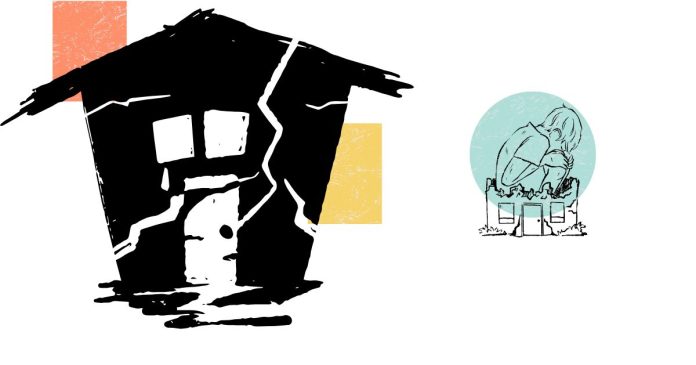Underdevelopment refers to a state where a country, region, or community has not reached its full economic, social, and political potential. It is characterized by a lack of advanced infrastructure, low levels of industrialization, high poverty rates, limited access to education and healthcare, and generally lower standards of living compared to more developed nations. Underdeveloped areas often face challenges such as political instability, poor governance, and inadequate access to resources.
Key characteristics of underdevelopment include:
- Low Economic Growth: Underdeveloped regions typically have slow or stagnant economic growth, with limited industrial or technological advancement. The economy may depend heavily on agriculture or primary industries with little diversification.
- Poverty and Inequality: A significant portion of the population often lives below the poverty line, facing unemployment or underemployment. Wealth and resources are often unevenly distributed, leading to high levels of inequality.
- Limited Access to Basic Services: There is often inadequate access to essential services like healthcare, education, clean water, and sanitation, which hinders overall human development.
- Poor Infrastructure: The lack of developed infrastructure, such as transportation, energy, and communication systems, can severely limit the ability to foster economic growth or improve living standards.
- Dependence on External Aid: Underdeveloped nations may rely on foreign aid, loans, or remittances from citizens working abroad to support their economies, rather than achieving self-sustaining development.
- Political Instability and Weak Institutions: Many underdeveloped regions suffer from poor governance, corruption, political instability, and weak legal and institutional frameworks, which can hinder development efforts.
Causes of Underdevelopment:
- Historical Factors: Colonialism, exploitation, and the legacy of imperial rule can contribute to long-term economic and social challenges.
- Geographic and Environmental Constraints: Some regions face physical limitations, such as harsh climates, poor soil quality, or limited access to natural resources.
- Economic Structures: Underdeveloped countries may rely on exporting raw materials rather than producing value-added goods, leaving them vulnerable to price fluctuations and dependency on wealthier nations.
- Lack of Education and Innovation: A poorly educated population and limited access to technology and innovation can impede development and productivity.
Addressing underdevelopment often requires comprehensive strategies involving economic diversification, investment in infrastructure and education, political reform, and social programs to reduce inequality.


